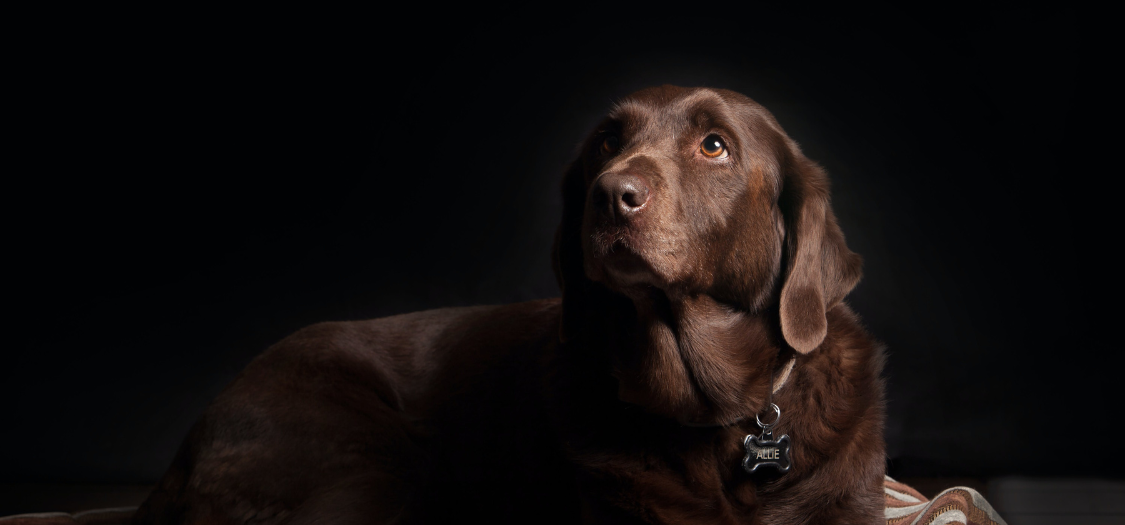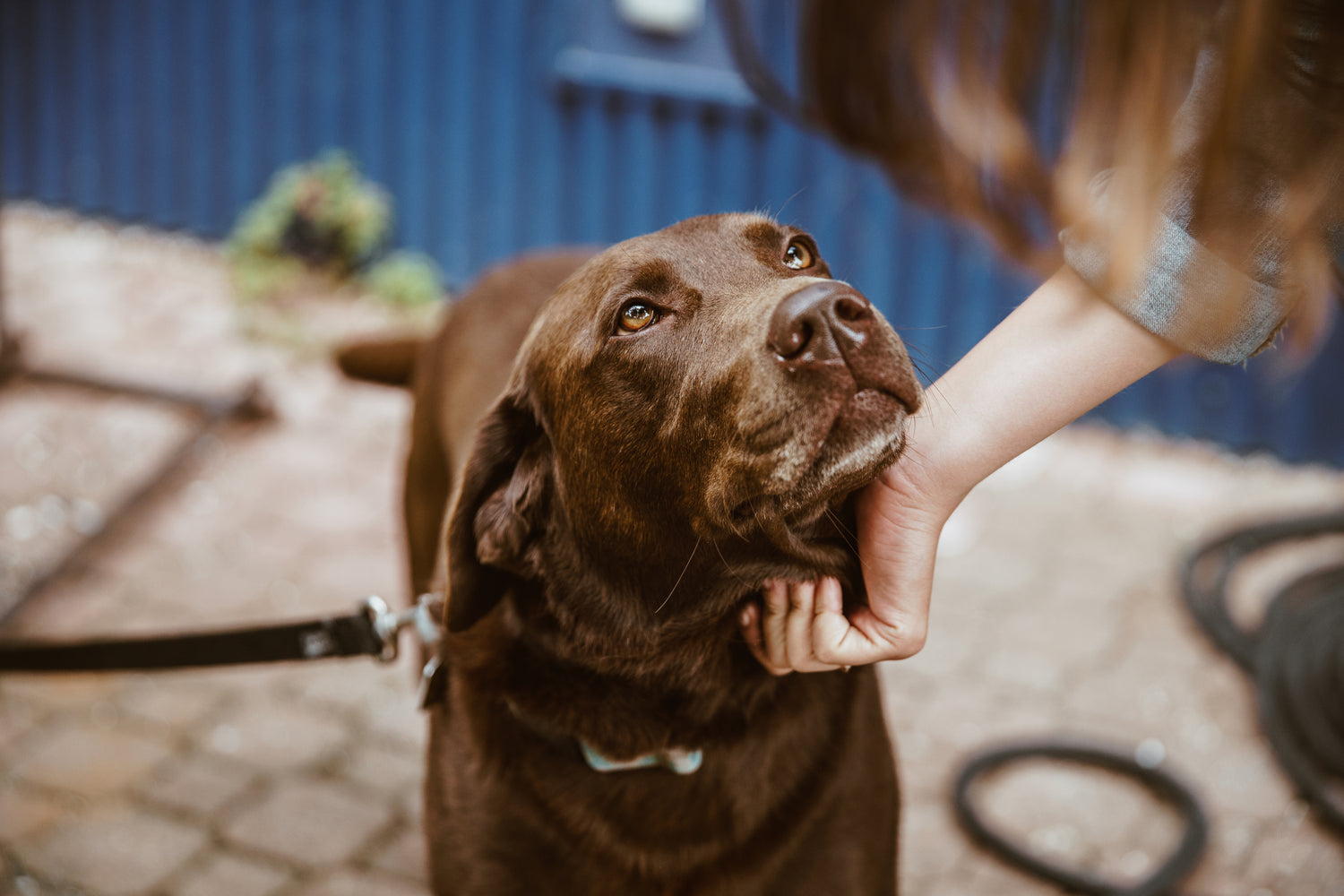My Dog’s Back Legs Are Suddenly Not Working.
What Should I Do?

If your dog's rear legs are collapsing, it is most likely a muscle, ligament, tendon or neurological medical condition. First, take your dog to your vet for a confirmed diagnosis.
Here are a few possible medical conditions that might make your dog’s back legs collapse:
Achilles Tendon Injury or Achilles Tendon Rupture
Achilles Tendon injuries occur in your dog’s back legs and can make your dog limp, unable to weight-bear or completely change the angle of your dog’s back leg, often called a ‘dropped’ hock. A dropped hock is a complete Achilles Tendon rupture, causing your dog to walk flat-footed. When this happens, it is important that you give your dog as much support as possible. Read more here: https://zoomadog.co.uk/collections/dog-achilles-tendon-injury
Spinal Weakness
There are many types of spinal weakness in a dog. Some of these conditions lead to a loss of function in the back legs which means the back legs of your dog can collapse. If your dog is suffering from back weakness or a spinal problem, you may notice he’s arching his back, his posture or gait is looking different/unusual, he may be pacing a lot, having difficulty urinating, difficulty or reluctance to get up, yelping, or whining when moving or being touched. Read more here: https://zoomadog.co.uk/collections/dog-back-braces-dog-spinal-problems
Hock Injuries and Hock Weakness
The hock is the joint halfway down your dogs back leg. When this is weak or injured, it can make your dog collapse at the back. Your dog might not be able to stand. Dog hock injuries, including conditions such as Achilles tendon rupture in dogs, can significantly impact your dog’s well-being and mobility. A dog hock injury refers to damage or trauma to this joint structure, which can result in a range of issues that affect your dog’s mobility. Read more here: https://zoomadog.co.uk/collections/dog-hock-injuries
Degenerative Myelopathy
Degenerative Myelopathy is a neurological condition (affects either the brain, spinal cord, or nerves). Dogs will often show signs of collapsing when Degenerative Meylopathy is severe. Degenerative Myelopathy is the gradual degeneration of the spinal cord. It typically begins in the hind limbs and progresses over time. Dogs affected by Degenerative Myelopathy may initially show signs like weakness and unsteadiness when walking. This means that sometimes they're misdiagnosed with arthritis or other age-related conditions. Read more here: https://zoomadog.co.uk/collections/degenerative-myelopathy
Paw Knuckling
Paw Knuckling is when the paw curls over and the pad no longer sits flat on the floor. It can make your dog's back leg or both legs collapse, as the leg is unable to take the weight of your dog's body. There are a number of treatment methods. Read more here: https://zoomadog.co.uk/collections/dog-knuckling
Hip Dysplasia
Hip dysplasia is a painful condition that causes the hip joint to develop abnormally. It can make your dog 'weave' when walking, and leave them unable to stand upright, with their back legs often collapsing underneath them. The leg bones are becoming loose in the hip joint, so your dog is unable to walk steadily. Read more here: https://zoomadog.co.uk/collections/dog-hip-dysplasia-braces-signs-and-treatment
Read more about the medical conditions which might be why your dog has lost the use of its back legs: https://zoomadog.co.uk/collections/rear-leg-weakness-in-your-dog

We can help find the right solution for your dog
Feel free to give us a call on 01730 622544
or email us at woof@zoomadog.co.uk
Comments
Leave a comment